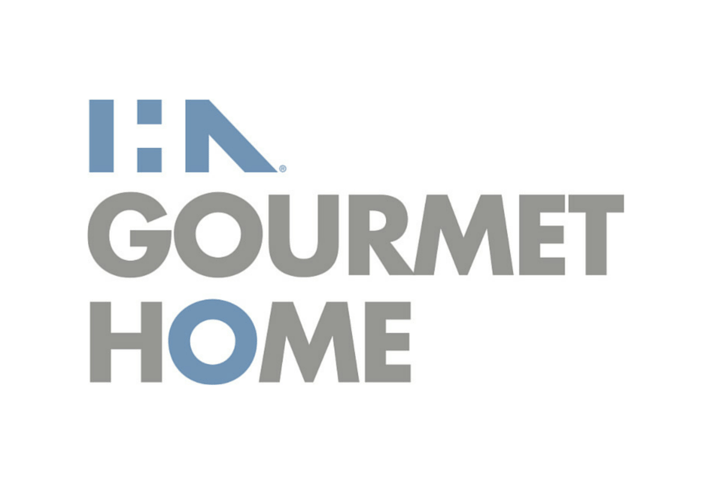The U.S. Dietary Guidelines make a strong recommendation that consumers limit sugar intake, something Americans have already started doing, according to food consumption research from The NPD Group. Here are some of the findings from that report.
- According to NPD, U.S. consumers say that sugar is the number one item they try to avoid in their diet and are cutting sugar in their food and beverages. While calories once topped the list of items consumers looked to on food nutrition labels, NPD report that more consumers seek out the sugar content of their foods, over the amount of calories the food has.
- The new dietary guidelines recommend that only 10 percent of daily calories come from added sugars, and while not there yet, many consumers are cutting down on foods and beverages with high sugar content, like carbonated soft drinks, fruit drinks and juice, ice cream and frozen treats, and other sweet snacks.
- Consumption of sugar-free, unsweetened or reduced sugar products is highest among both young children and adults aged 55 and older, the NPD research found.
- Cholesterol is no longer a dietary concern according to the new guidelines and NPD’s research shows that consumers’ concern about cholesterol content has declined since 2006. Egg producers are the chief beneficiary of that trend, as egg consumption is on the rise.
- While eating more fruit and vegetables remains a key element of the new guidelines, consumers are split in their consumption patterns. Americans seeking healthier snacks are eating more fruit, but vegetables have yet to make it to the same level of snacking satisfaction.
Source: NPD’s Eating Patterns in America



